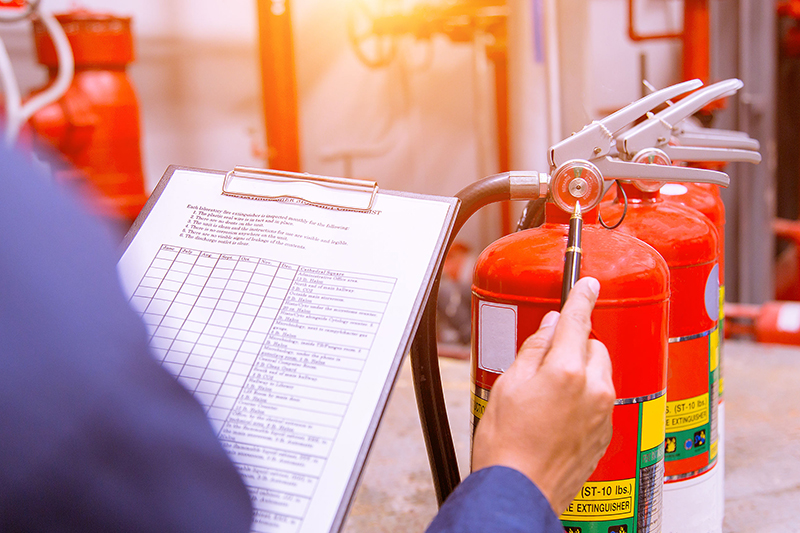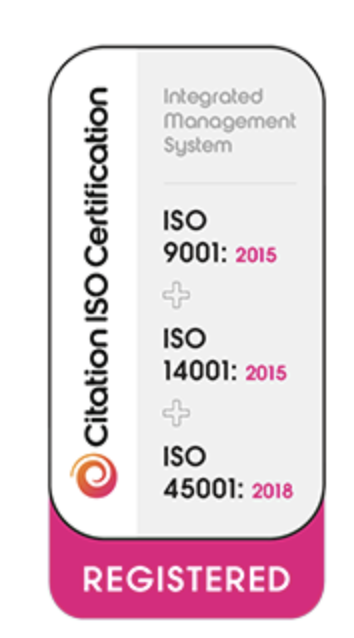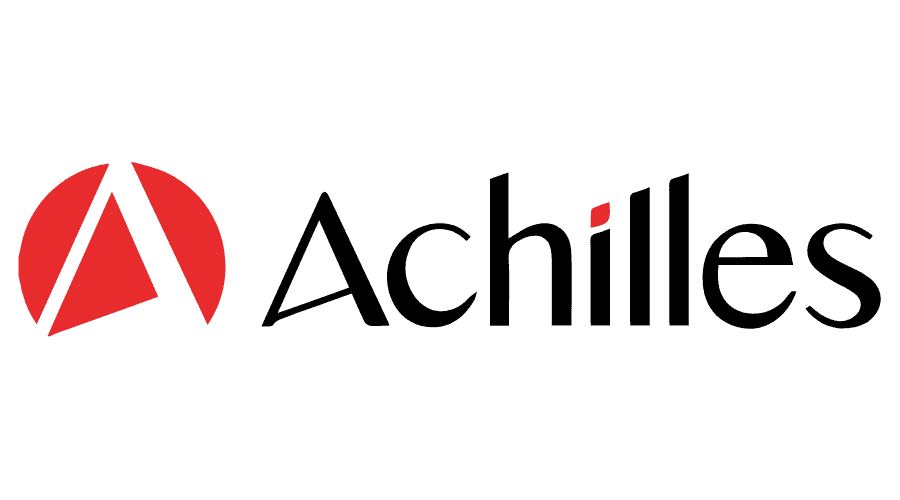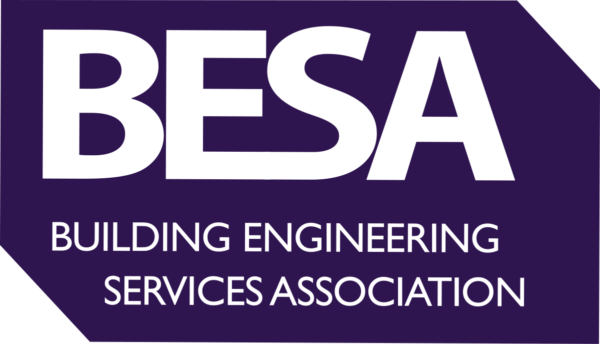A fire risk assessment will determine the likelihood of a fire occurring in your building. But alone it isn’t enough to guarantee both safety and compliance in the event of a fire.
In building management, the significance of a diligent fire risk assessment cannot be overstated. A legal requirement for all businesses, it’s the cornerstone of fire safety protocols. However, it isn’t your ‘get out of jail free card’.
At BASSE Solutions, we realise that the assurance of safety and compliance requires a commitment to continuous improvement, proactive measures and a comprehensive understanding of evolving fire safety regulations. That’s why, in this blog, we’ll explore what a fire risk assessment does, what it can’t do and why it’s crucial to go beyond it to achieve absolute fire safety compliance.
Understanding Fire Risk Assessments
Defined by the London Fire Brigade, a fire risk assessment is – ‘A careful look at your premises and the people who use them, from a fire prevention perspective. It’s about understanding the potential risks, then improving your fire safety precautions to keep people safe.’
Laid out by the Regulatory Reform (Fire Safety) Order 2005, the process involves identifying potential fire risks, assessing the likelihood of those risks causing harm and implementing measures to mitigate or eliminate them. It should be reviewed every twelve months or whenever any material changes have been made to your building. Throughout the year, it must then be assessed to ensure that recommendations have been actioned.

What A Fire Risk Assessment Does
Did you know that over one third of UK businesses lack a suitable fire risk assessment? In any commercial building, the primary purpose of a fire risk assessment is to ensure the safety of your occupants and assets. It isn’t just about ticking boxes – it’s about ensuring that the risk to life as a result of fire is minimised to the fullest extent.
Your fire risk assessment can;
- Identify Fire Hazards – A comprehensive fire risk assessment identifies potential sources of fire, such as faulty wiring, flammable materials or poor emergency exits.
- Asses Risks – Once the hazards are found, the assessment evaluates the likelihood of harm from each.
- Evaluate Fire Safety Measures – It then examines existing fire safety measures, including fire alarms, sprinkler systems and evacuation plans, to ensure their effectiveness.
- Recommend Mitigation Strategies – Based on the assessment findings, recommendations are made to reduce or eliminate identified risks.
- Support The Creation Of An Emergency Plan – Finally, it may include the development of an emergency plan. This will detail evacuation procedures, assembly points and communication methods to ensure a coordinated response.
What A Fire Risk Assessment Doesn’t Do
For all that they do, fire risk assessments still have their limitations – especially when your reliance on them forms the cornerstone of your fire protection services.
Your fire risk assessment can’t;
- Guarantee Safety – A fire risk assessment doesn’t guarantee immunity in the event of a fire. It doesn’t absolve your business of legal responsibility or make your building risk free.
- Serve As A One-Time Solution – It only offers a snapshot of your building’s current state in a safety landscape which constantly evolves.
- Replace Active Compliance Measures – The assessment doesn’t replace the need for active compliance measures, such as regular maintenance, staff training and ongoing monitoring of fire safety systems.
- Account For External Factors – Finally, it doesn’t always consider external factors such as the actions of neighbouring properties and environmental conditions.
Beyond A Fire Risk Assessment
Whilst a fire risk assessment is a crucial step towards compliance, neglecting ongoing maintenance and proactive safety measures can have severe consequences. In the eyes of the law and insurance providers, compliance is an ongoing commitment, not a one-time event.
As fire safety experts, we recognise the importance of looking beyond a fire risk assessment to reduce the risk of fire-related incidents. Our approach involves;
- Regular Maintenance – Reactive and scheduled maintenance are critical components of a robust fire safety strategy. Regular checking and maintenance of fire safety equipment, such as alarms and extinguishers, will ensure they function effectively when needed.
- Active & Passive Fire Protection – Beyond identifying risks, it’s essential to have both active and passive fire protection measures in place. Active measures may include fire detection systems and sprinklers, whilst passive measures involve building materials and structures designed to resist the spread of fire. You can learn more about active and passive fire protection here.
- Staff Training – Human error is a significant factor in many fire incidents. But comprehensive staff training will ensure that your employees are aware of fire risks, fire safety equipment and evacuation procedures.
Planning Ahead With BASSE
A fire risk assessment is a vital tool, but it’s not a magic solution that guarantees immunity from legal or insurance ramifications. To truly protect lives and property, organisations must go beyond the assessment, implement recommended measures, conduct regular maintenance and foster a culture of safety among staff.
At BASSE Solutions, we can work with you to plan your 2024 fire safety strategy. Our fire safety experts will conduct your fire risk assessment, make any recommended adjustments to your existing protocols and empower your team to handle fire-related situations effectively.
To learn more about our fire protection services in London and beyond, call us on 03335 677560 or email us via contact@basse.co.uk.






















